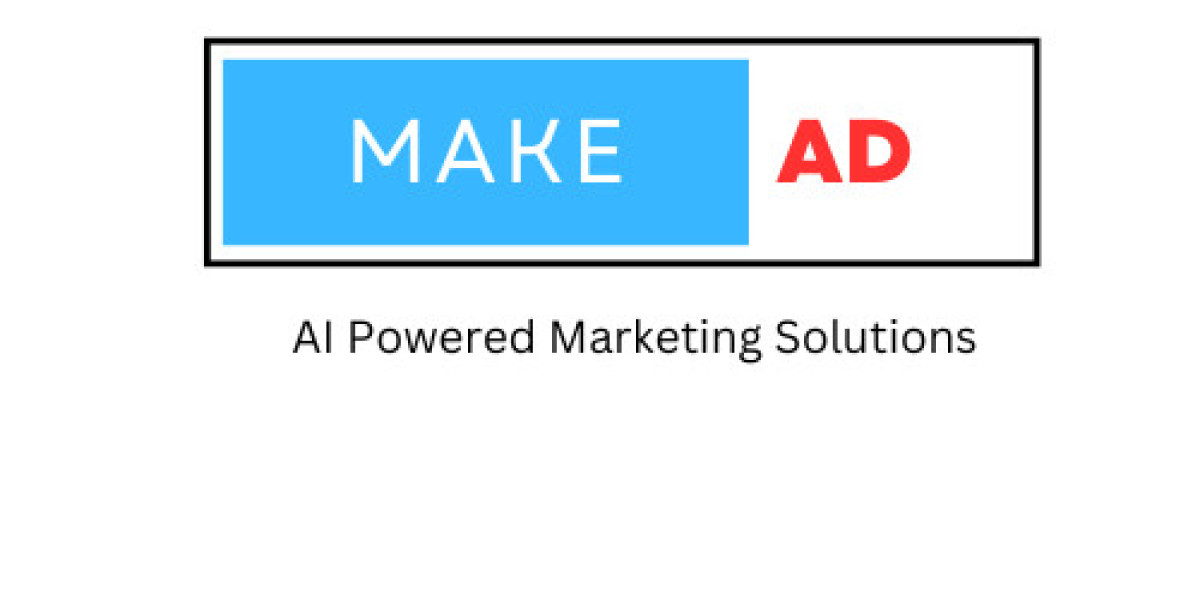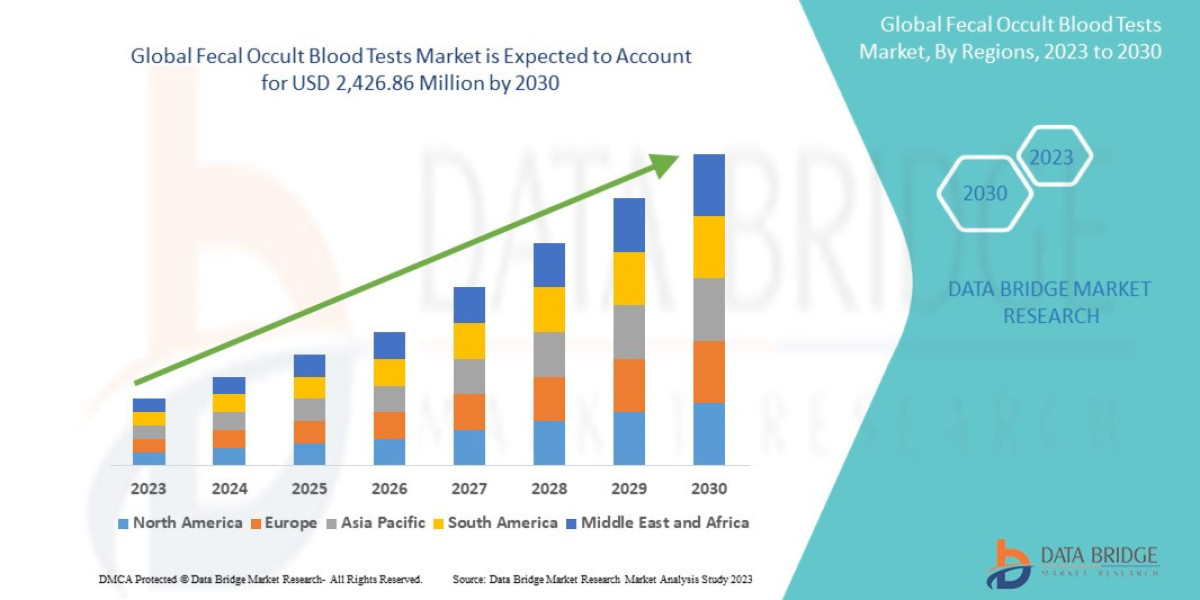Understanding Demand Side Platforms (DSPs)
A Demand Side Platform (DSP) is a centralized technology platform. It lets advertisers buy digital ad inventory from different ad exchanges and supply-side platforms (SSPs) at once. This process is automated using real-time bidding (RTB) technology. It makes ad buying faster, cheaper, and better targeted.
How DSPs Work
DSPs connect to various ad exchanges and SSPs to get a vast pool of ad inventory. Advertisers set up campaigns on the DSP, defining things like budget, target audience, bid strategies, and creative content. For example, a fashion brand could target young adults in urban areas with specific lifestyle interests for a seasonal sale.
The DSP uses smart algorithms for this. It decides which ad impressions to bid on based on the advertiser’s needs. The process optimizes the ad placement to maximize returns. What’s more, DSPs can generate detailed reports. These offer insights into campaign performance, allowing advertisers to make informed tweaks.
The Importance of DSPs in Digital Marketing
The integration of DSPs into digital marketing strategies offers many benefits:
- Streamlined Operations: DSPs simplify the ad buying process. Advertisers can manage everything in one place. This cuts down on complexity and lets teams focus on strategy. Consider how a single dashboard helps oversee a global ad campaign instead of coordinating manually across multiple platforms.
- Enhanced Targeting: DSPs use powerful data analytics. They zero in on the right audience, increasing engagement and conversion rates. This precision, drawn from diverse data points like browsing history and social media activity, puts the ads in front of those most likely to convert.
- Cost Efficiency: Real-time bidding and automated optimizations reduce wasted ad spend. Advertisers can put more budget into high-performing segments. This method greatly enhances ROI.
- Real-Time Analytics: DSPs provide real-time insights. Comprehensive analytics and reporting features empower advertisers. They can track performance and adjust strategies quickly, leading to ongoing improvement in campaign outcomes.
Top Demand Side Platform Examples
To get started with DSPs, some of the industry’s leading platforms include:
- The Trade Desk – known for its extensive reach and robust reporting tools.
- MediaMath – offers flexibility and powerful machine learning capabilities.
- Amazon DSP – ideal for ecommerce brands looking to utilize Amazon’s data.
- Google Marketing Platform – integrates seamlessly with existing Google services for an all-in-one solution.
- Adobe Advertising Cloud DSP – features innovative design and integration options.
Expert Insights on DSPs
Industry experts agree that DSPs are revolutionizing marketing. Jane Doe, a digital marketing strategist, explains, “DSPs give us unparalleled access to diverse audiences and data. They’ve become an integral part of any well-rounded marketing strategy.” Additionally, businesses using DSPs have noted a 20-30% improvement in engagement metrics.
Discover More
For more about DSPs and their transformative impact on digital advertising, explore Understanding DSPs: Your Gateway to Smart Digital Advertising. This resource offers deeper insights into how DSPs are changing the marketing landscape with their advanced automation and targeting capabilities.
Incorporating DSPs into your advertising strategy isn’t optional anymore. It’s essential for staying competitive and maximizing your marketing budget.







